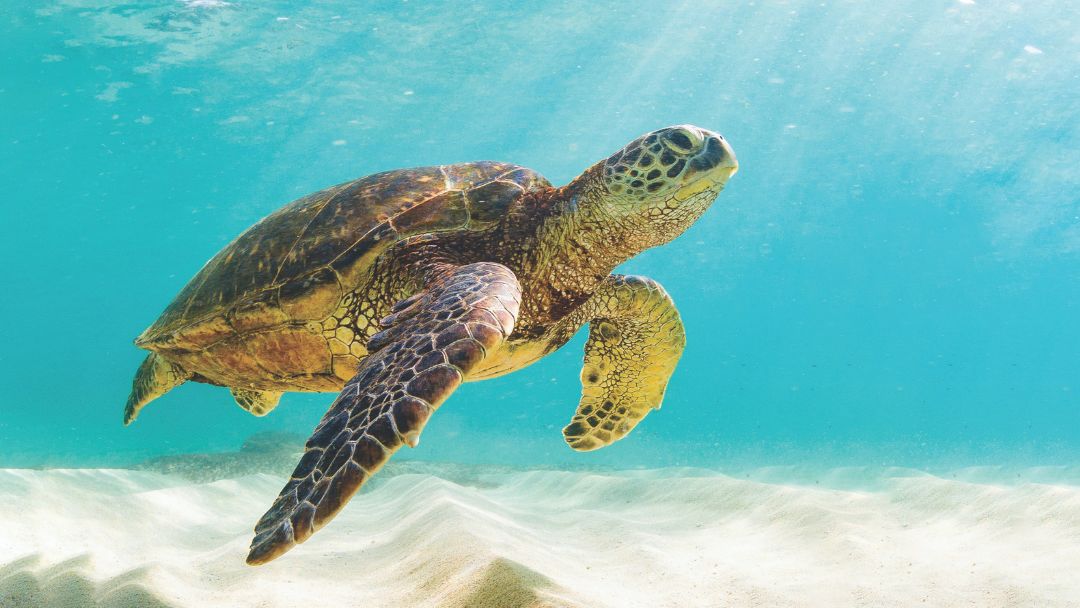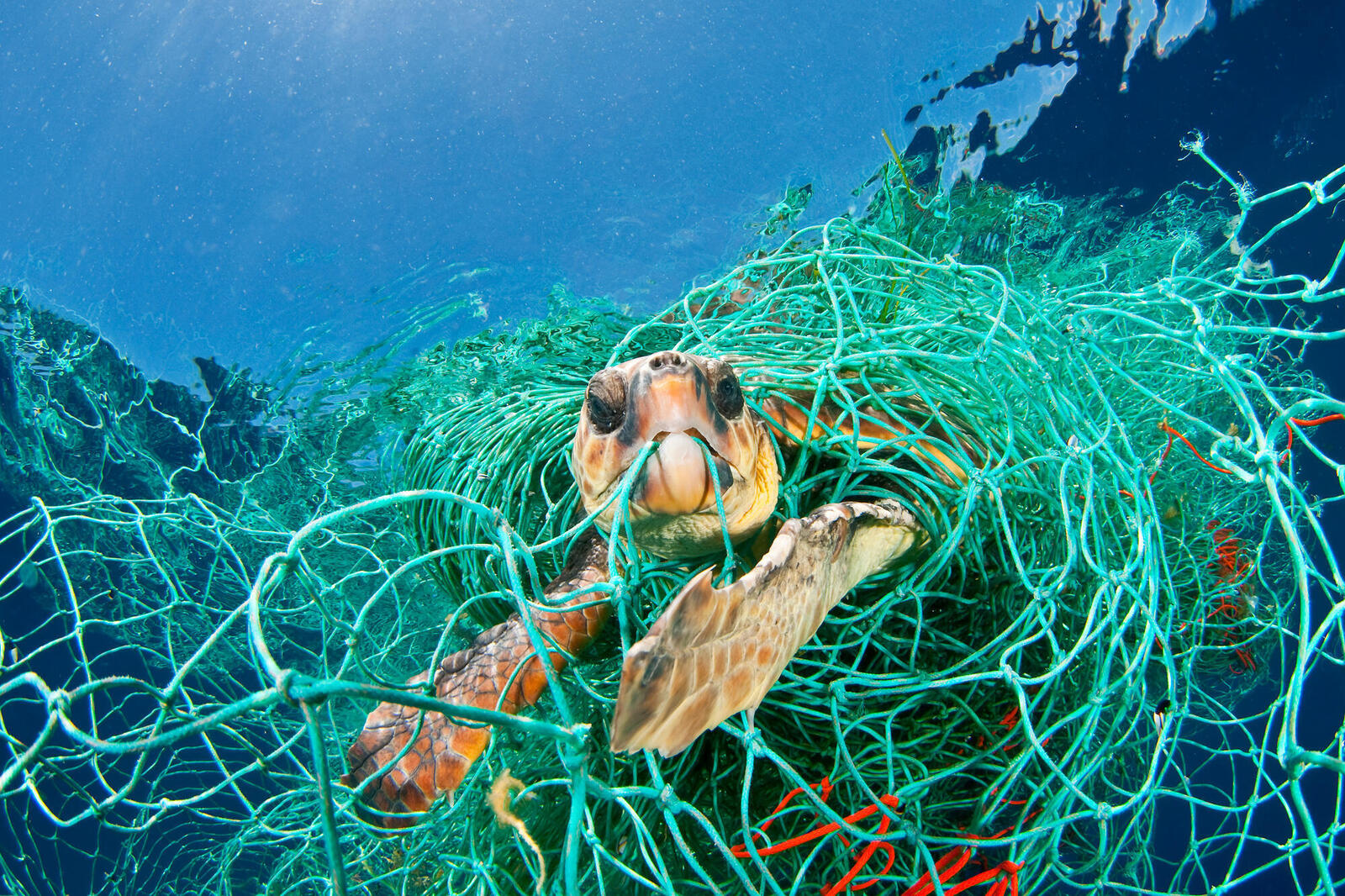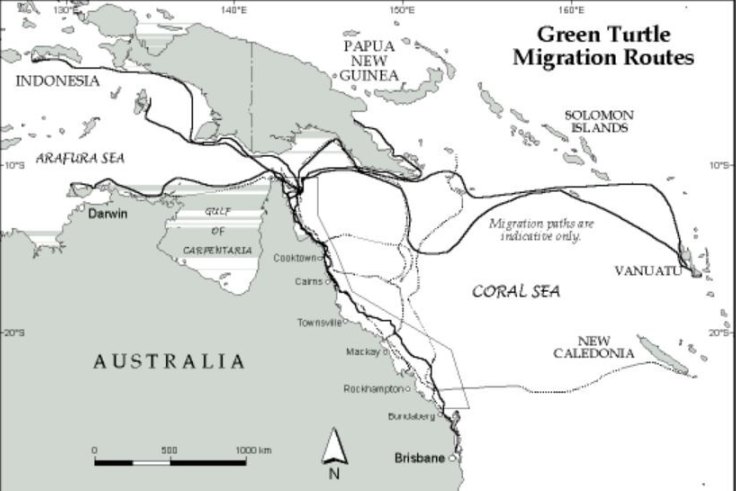Green Turtle
2. Green Turtles are mostly found in tropical and subtropical waters. They migrate long distances from where they were hatched to the feeding grounds and back to new hatching grounds. Anywhere from the Atlantic, Pacific, and Indian Oceans as well as the Mediterranean Sea. They have also been spotted near shores of the Gulf of Mexico. Pretty much anywhere near the equator.
3. They are the only herbivores among the different species of sea turtles. Leatherback sea turtles are known for eating jellyfish and of recently green turtles have started eating jellyfish but the hypothesis is because of the lack of sea greens in some areas of the ocean they have had no choice. Green turtles prefer to eat grass, algae, and other types of green sea plant life. Their main predators are sharks and humans, and birds when they are little hatchlings.
4. Overharvesting of their eggs, and loss of nesting beach sites has been a huge reason the number of turtles reproduced has dropped significantly in past years. Also hunting of adults and being caught in fishing gear or human pollution has affected their numbers while out in the wild.
5. Losing the green turtle would be a huge blow the ocean ecosystem. The sea grass green turtles eat quickly become digested and recycled in the form of nutrients for plant life and organisms of the oceans. Their eggs hatched on the beaches provide rich nutrients for dunes all over the world and sources of food for birds in the area.
6. Since 1977, NOAA Fisheris and the US Fish and Wildlife Service have shared jurisdiction of sea turtles listed under the EA. They lead the recovery and conservation efforts for sea turtles in the water and marine environment. The US FWS leads the conservation and recovery efforts for sea turtles on nesting beaches. Anytime you see turtle eggs they are always taped off and their is a sign saying it is illegal to touch or mess with them and results in a fine and possibly jail time.
7. Geographers have been able to map able migration patterns of these turtles. They then can keep track of them and monitor the waters they travel in. By preventing large fishing and cargo boats from going in those areas they protect and allow turtles to safely make it to their breeding grounds.
8. These five organizations specialize in sea turtle conservation and are doing great jobs of leading the charge in the civilian conservation efforts.
See Turtles: has programs like Billion Baby Turtles, Too Rare to Wear, & Sea Turtles and Plastic that help in the conservation efforts.
Turtle Foundation: volunteer, donate or shop.
Olive Ridley Project: rehabilitation, adopt a turtle, donate, volunteer, and track sea turtles.
Turtle Island Restoration Network: mobilize people in local communities to protect marine wildlife.
Sea Turtle Conservancy: research programs, turtle trackers, shop, adopt, and donate.









Comments
Post a Comment